Charles M. Kozierok The TCP-IP Guide
Подождите немного. Документ загружается.

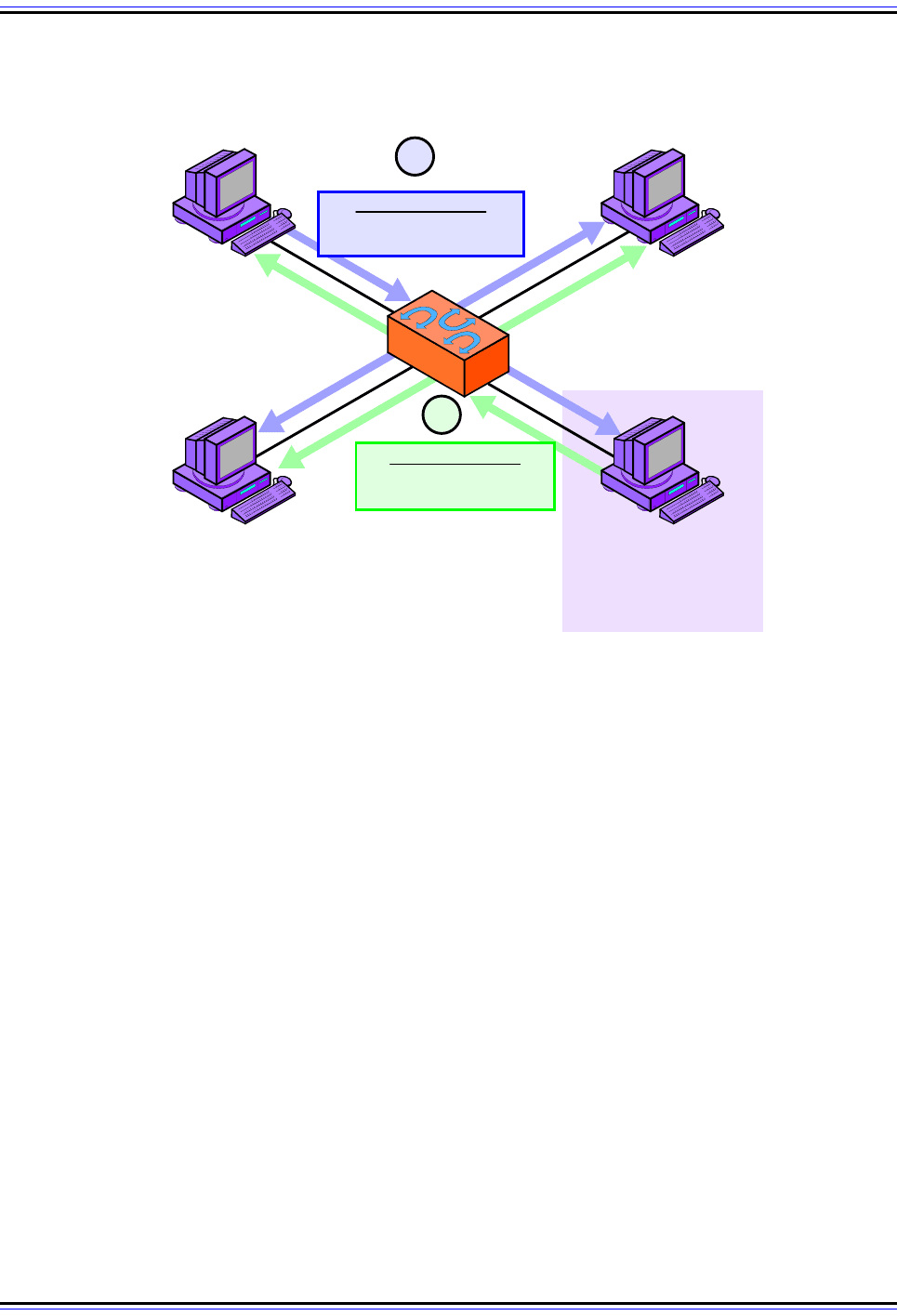
The TCP/IP Guide - Version 3.0 (Contents) ` 1111 _ © 2001-2005 Charles M. Kozierok. All Rights Reserved.
However, BOOTP clients must take care in how they implement their retransmission
strategy. Consider a scenario where a network with 200 BOOTP clients loses power. These
machines are all pretty much the same, so when the power comes back on they all restart,
and all try to send BOOTP requests at about the same time. Most likely, problems will occur
due to all these requests; some will be lost, or the server may have to drop some due to
overload.
If all the clients use the same amount of time for retransmission, then after that time
elapses, a whole bunch of machines will again send requests and recreate the original
problem. To avoid this, the BOOTP standard recommends using an exponential backoff
scheme for retransmissions, starting with a retransmission interval of 4 seconds and
doubling it for successive tries. A randomness element is also added to prevent many
devices from overlapping their retransmissions. The idea is very similar to the backoff
method used by Ethernet (in fact, the standard even refers to the Ethernet specification).
Figure 254: General Operation Of the Boot Protocol
BOOTP is a relatively simple client/server protocol that relies on broadcasts to permit communication with
devices that do not have an assigned IP address. In this example Device A is trying to determine its IP
address and other parameters. It broadcasts a BOOTP request on the local network using UDP port 67 and
then listens for a reply on port 68. Device D is configured as a BOOTP server and listens on this port. When it
receives the request it sends a broadcast on port 68 telling A what its IP address is.
Device A
IP Addr: Un kn own
Hardware Addr: #94
Device B
IP Addr: IPB
Hardware Addr: #156
Device D
IP Addr: IPD
Hardware Addr: #21
BOOTP Server
Device C
IP Addr: IPC
Hardware Addr: #42
Br oadcas t: UDP 67
H/W Device #94 Seeking
BOOTP Serve r
Br oadcas t: UDP 68
H/W Device #94 Assigned
Address "IPA"
#1
#2

The TCP/IP Guide - Version 3.0 (Contents) ` 1112 _ © 2001-2005 Charles M. Kozierok. All Rights Reserved.
For example, the first retransmission would occur after a random period of time between 0
and 4 seconds (plus or minus a random amount); a second retransmission, if needed, after
a random time interval between 0 and 8 seconds, plus or minus, and so forth. This helps
reduce the chances of retransmissions being lost, and also helps ensure BOOTP traffic
doesn't bog down the network.
Key Concept: BOOTP uses UDP for transport, which provide no reliability features.
For this reason, the BOOTP client must detect when its requests are lost and if
necessary, retransmit them.
BOOTP Detailed Operation
Now that we have seen how BOOTP messaging works in general terms, let's take a closer
look at the detailed operation of the protocol. This will let us more clearly see how clients
and servers create and process messages, and also help make sense of some of the
important fields in the BOOTP message field format. Understanding the basic operation of
BOOTP will also be of use when we examine BOOTP relay agents, and even when we
discuss DHCP.
BOOTP Bootstrapping Steps
The following are the basic steps performed by the client and server in a regular BOOTP
bootstrapping procedure (see Figure 255).
1. Client Creates Request
The client machine begins the procedure by creating a BOOTP request message. In
creating this message, it fills in the following information:
☯ It sets the message type (Op) to the value 1, for a BOOTREQUEST message.
☯ If it knows its own IP address that it plans to keep using, it specifies it in the CIAddr
field. Otherwise, it fills this field with zeroes. (See below for more on this.)
☯ It puts its own layer-two hardware address in the CHAddr field. This is used by the
server to determine the right address and other parameters for the client.
☯ It generates a random transaction identifier, and puts this in the XID field.
☯ The client may specify a particular server that it wants to send it a reply and put that
into the SName field. It may also specify the name of a particular type of boot file that it
wants the server to provide in the File field.
☯ The client may specific vendor-specific information, if programmed to do so.
2. Client Sends Request
The client broadcasts the BOOTREQUEST message by transmitting it to address
255.255.255.255. Alternately, if it already knows the address of a BOOTP server, it may
send the request unicast.
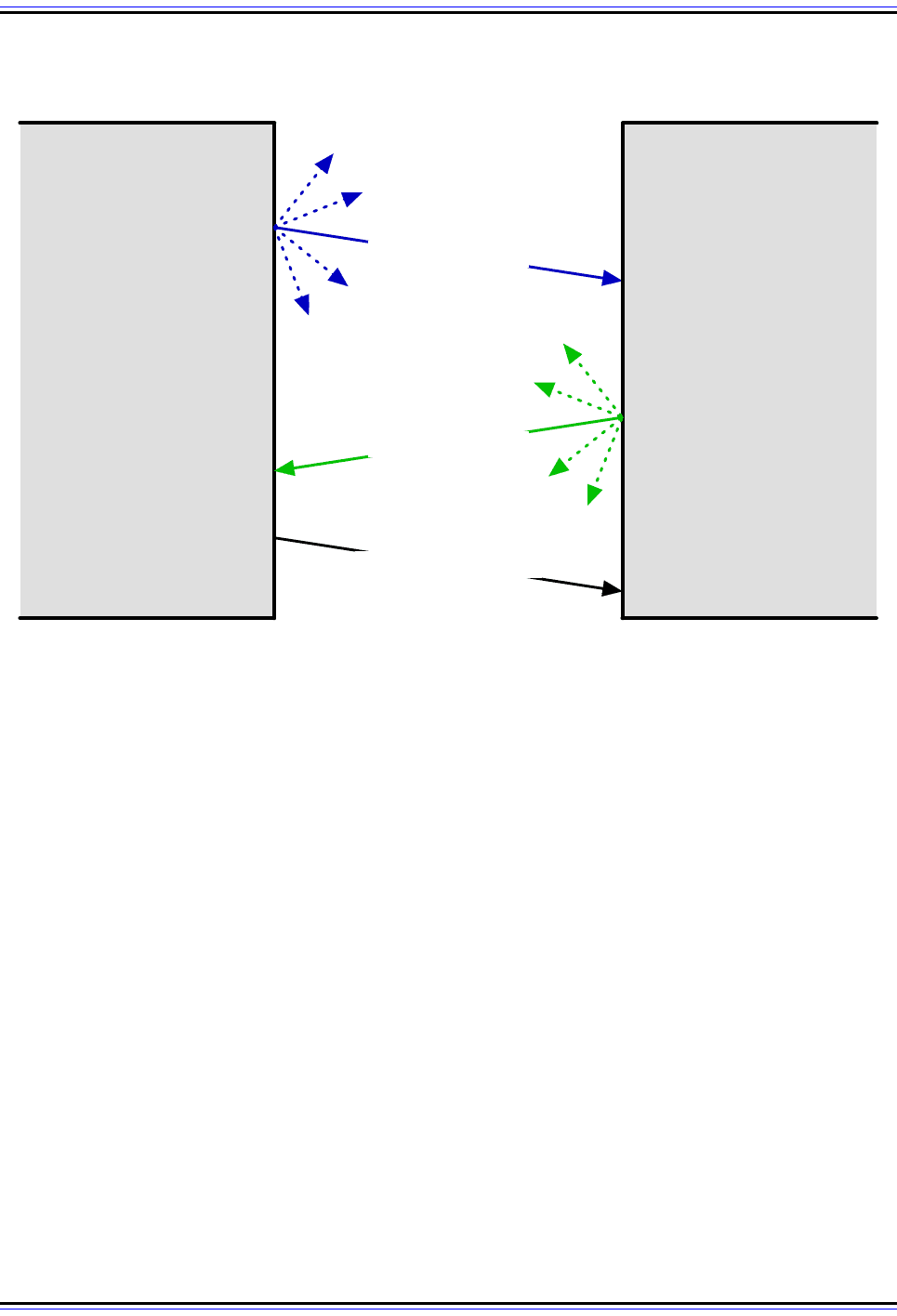
The TCP/IP Guide - Version 3.0 (Contents) ` 1113 _ © 2001-2005 Charles M. Kozierok. All Rights Reserved.
3. Server Receives Request and Processes It
A BOOTP server, listening on UDP port 67, receives the broadcasted request and
processes it. If a name of a particular server was specified and this name is different than
the name of this server, the server may discard the request. This is especially true if the
server knows that the server the client asked for is also on the local network. If no particular
server is specified, or this particular server was the one the client wanted, the server will
reply.
4. Server Creates Reply
The server creates a reply message by copying the request message and changing several
fields:
☯ It changes the message type (Op) to the value 2, for a BOOTREPLY message.
☯ It takes the client's specified hardware address from the CHAddr field, and uses it in a
table lookup to find the matching IP address for this host. It then places this value into
the YIAddr (“your IP address”) of the reply.
Figure 255: Boot Protocol Operation
The Boot Protocol uses a simple two-step message exchange consisting of a broadcast request and
broadcast reply. After the client receives configuration information from the BOOTP server, it completes the
bootstrapping process using a protocol such as TFTP.
Client
BOOTREQUEST
1. Generate
BOOTREQUEST Me ssa ge
3. Process BOOTREQUEST
Me ssa ge
4. Generate BOOTREPLY
Me ssa ge
BOOTP Server
5. Send BOOTREPLY
Me ssa ge
6. Process
BOOTREPLY M e ssa ge
2. Broadcast
BOOTREQUEST Me ssa g e
BOOTREPLY
7. Complete Boot Process
TFTP Read Request?
...

The TCP/IP Guide - Version 3.0 (Contents) ` 1114 _ © 2001-2005 Charles M. Kozierok. All Rights Reserved.
☯ It processes the File field and provides the filename type the client requested, or if the
field was blank, the default filename.
☯ It puts its own IP address and name in the SIAddr and SName fields.
☯ It sets any vendor-specific values in the Vend field.
5. Server Sends Reply
The server sends the reply, the method depending on the contents of the request:
☯ If the B (Broadcast) flag is set, this indicates that the client can't have the reply sent
unicast, so the server will broadcast it.
☯ If the CIAddr field is non-zero, the server will send the reply unicast back to that
CIAddr.
☯ If the B flag is zero and the CIAddr field is also zero, the server may either use an ARP
entry or broadcast, as described in the previous topic.
6. Client Processes Reply
The client receives the server's reply and processes it, storing the information and param-
eters provided. (See below for one important issue related to this processing.)
7. Client Completes Boot Process
Once configured, the client proceeds to “phase two” of the bootstrapping process, by using
a protocol such as TFTP to download its boot file containing operating system software,
using the filename the server provided.
Interpretation of the Client IP Address (CIAddr) Field
A complication can arise when a client chooses to specify an IP address in the CIAddr field
in its request. The problem is how exactly to interpret this field. Does it mean that the client
is already using this IP address? Or is it just the one it used last time it was booted? Then
there is the related problem of what to do if the server supplies an address in the YIAddr
that is different from the one the client is using. Should the server's provided address
override the client's address? Or should the client ignore it? Who makes the decision, the
server or the client?
Much confusion occurred due to the vagueness of the original standard in this regard, and
this led to non-uniformity in how different implementations chose to handle this issue. There
were even some implementations that used the CIAddr to mean “the client requests this IP
address”, which was never part of BOOTP functionality. This is an especially bad idea since
it could lead directly to BOOTP replies never reaching the client.
RFC 1542 was written in part to try to clean up this mess. It suggests that the following is
the best way to handle the meaning of these fields:
☯ If a client is willing to accept whatever IP address the server provides, it sets CIAddr to
all zeroes, even if it knows a previous address.

The TCP/IP Guide - Version 3.0 (Contents) ` 1115 _ © 2001-2005 Charles M. Kozierok. All Rights Reserved.
☯ If the client fills in a value for the field, it is saying it will use this address, and must be
prepared to receive unicast messages sent to that address.
☯ If the client specifies an address in CIAddr and receives a different address in the
YIAddr field, the server-provided address is ignored.
Note that not all hardware devices may necessarily agree with this interpretation as
provided by RFC 1542, so there are still potential interoperability issues here with older
equipment. RFC 1542 was written in 1993, so this is probably not much of an issue any
more.
BOOTP Message Format
The exchange of information in BOOTP takes the form of a request sent by a client, and a
reply sent back by the server. BOOTP, like a number of other request/reply protocols, uses
a common message format for requests and replies. The client starts by setting aside
memory space for the message and clearing it to all zeroes. It then fills in the fields of the
message and sends the request, as we saw in the previous topic. The server creates its
reply not from scratch, but by copying the request and changing certain fields.
BOOTP messages contain a considerable number of fields, so the message format is
rather large. It is described fully in Table 187 and illustrated in Figure 256.
Table 187: BOOTP Message Format (Page 1 of 3)
Field Name
Size
(bytes)
Description
Op 1
Operation Code: Specifies the type of message. A value of 1 indicates a
request (BOOTREQUEST message) while a value of 2 is a reply
(BOOTREPLY message).
HType 1
H
ar
d
ware
T
ype:
Thi
s
fi
e
ld
spec
ifi
es
th
e
t
ype o
f
h
ar
d
ware use
d
f
or
th
e
l
oca
l
network, and is used in exactly the same way as the equivalent field (HRD)
in the Address Resolution Protocol (ARP) message format. Some of the
most common values for this field:
HType Field
Value
Hardware Type
1 Ethernet (10 Mb)
6 IEEE 802 Networks
7 ARCNET
15 Frame Relay
16 Asynchronous Transfer Mode (ATM)
17 HDLC
18 Fibre Channel
19 Asynchronous Transfer Mode (ATM)
20 Serial Line
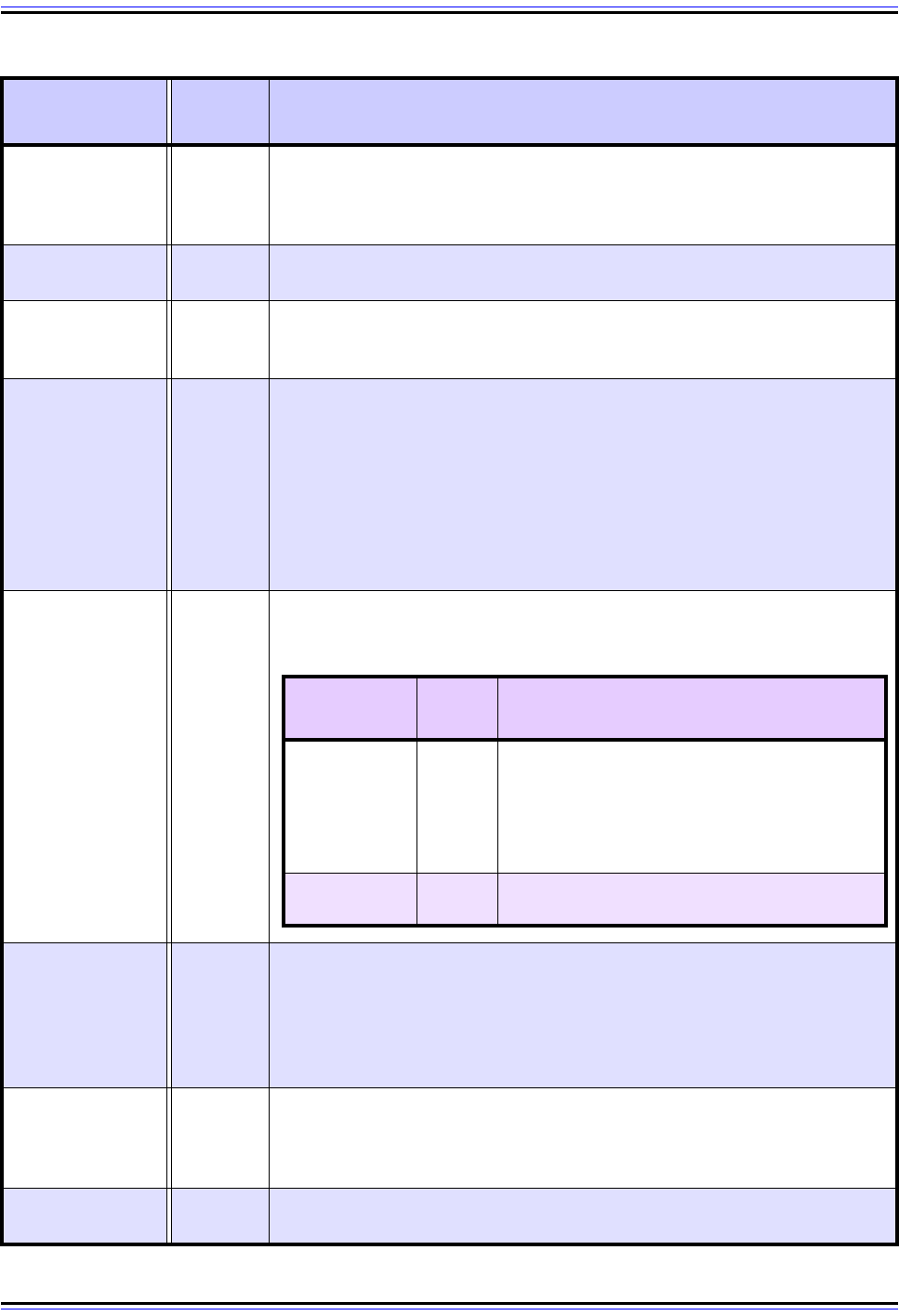
The TCP/IP Guide - Version 3.0 (Contents) ` 1116 _ © 2001-2005 Charles M. Kozierok. All Rights Reserved.
HLen 1
Hardware Address Length: Specifies how long hardware addresses are
in this message. For Ethernet or other networks using IEEE 802 MAC
addresses, the value is 6. This too is the same as the field with a similar
name (HLN) in the ARP field format.
Hops 1
Hops: Set to 0 by a client before transmitting a request and used by
BOOTP relay agents to control the forwarding of BOOTP messages.
XID 4
Transaction Identifier: A 32-bit identification field generated by the client,
to allow it to match up the request with replies received from BOOTP
servers.
Secs 2
Seconds: According to RFC 951, the client enters into this field the
number of seconds “elapsed since [the] client started trying to boot”. This is
supposed to provide information to BOOTP servers to help them decide
which requests to respond to first.
Unfortunately, this definition was somewhat vague; it wasn't clear if this
meant the amount of time since the machine was powered on, or since the
first BOOTREQUEST message was sent. In addition, some devices incor-
rectly implemented this field. As a result, it is not always used.
Flags 2
CIAddr 4
Client IP Address: If the client has a current IP address that it plans to
keep using, it puts it in this field. By filling in this field, the client is
committing to responding to unicast IP datagrams sent to this address.
Otherwise, it sets this field to all zero to tell the server it wants an address
assigned. See the end of the detailed operation topic for important infor-
mation on this field.
YIAddr 4
“Your” IP Address: The IP address that the server is assigning to the
client. This may be different than the IP address currently used by the
client. See the topic describing BOOTP operation in detail for an expla-
nation of what happens in that case.
SIAddr 4
Server IP Address: The IP address of the BOOTP server sending a
BOOTREPLY message.
Table 187: BOOTP Message Format (Page 2 of 3)
Field Name
Size
(bytes)
Description
Fl
ags:
I
n
th
e or
i
g
i
na
l
BOOTP
s
t
an
d
ar
d
(RFC
951)
,
thi
s was an emp
t
y
t
wo-
byte field. RFC 1542 changed this to a Flags field, which at present
contains only one flag. The structure of the field is thus as follows:
Subfield
Name
Size
(bytes)
Description
B
1/8
(1 bit)
Broadcast Flag: A client that doesn't know its own
IP address at the time it sends its BOOTP request
sets this flag to 1. This serves as an immediate
indicator to the BOOTP server or relay agent that
receives the request that it definitely should send
its reply by broadcast.
Reserved
1 7/8
(15 bits)
Reserved: Set to zero and not used.

The TCP/IP Guide - Version 3.0 (Contents) ` 1117 _ © 2001-2005 Charles M. Kozierok. All Rights Reserved.
As I mentioned in the topic on BOOTP messaging, both requests and replies are encapsu-
lated into UDP messages for transmission. The BOOTP standard specifies that the use of
UDP checksums is optional. Using the checksum provides protection against data integrity
errors and is thus recommended. This may cause unacceptable processing demands on
the part of very simple clients, so the checksum can legally be skipped.
Similarly, for simplicity, BOOTP assumes that its messages will not be fragmented. This is
to allow BOOTP clients to avoid the complexity of reassembling fragmented messages.
Since BOOTP messages are only 300 bytes in length, under the minimum MTU required for
all TCP/IP links, this is not normally an issue.
GIAddr 4
Gateway IP Address: This field is used to route BOOTP messages when
BOOTP relay agents facilitate the communication of BOOTP requests and
replies between a client and a server on different subnets or networks. To
understand the name, remember that the old TCP/IP term for “router” is
“gateway”; BOOTP relay agents are typically routers.
Note that this field is set to 0 by the client and should be ignored by the
client when processing a BOOTREPLY. It specifically does not represent
the server giving the client the address of a default router address to be
used for general IP routing purposes.
CHAddr 16
Client Hardware Address: The hardware (layer two) address of the client
sending a BOOTREPLY. It is used both to look up a device's assigned IP
address and also possibly in delivery of a reply message.
SName 64
Server Name: The server sending a BOOTREPLY may optionally put its
name in this field. This can be a simple text “nickname” or a fully-qualified
DNS domain name (such as “myserver.organization.org”).
Note that a client may specify a name in this field when it creates its
request. If it does so, it is saying that it wants to get a reply only from the
BOOTP server with this name. This may be done to ensure that the client
is able to access a particular boot file stored on only one server
File 128
Boot Filename: Contains the full directory path and file name of a boot file
that can be downloaded by the client to complete its bootstrapping
process. The client may request a particular type of file by entering a text
description here, or may leave the field blank and the server will supply the
filename of the default file.
Vend 64
Vendor-Specific Area: Originally created to allow vendors to customize
BOOTP to the needs of different types of hardware, this field is now also
used to hold additional vendor-independent configuration information. See
the next topic, on BOOTP vendor information extensions. It may be used
by the client and/or the server.
Table 187: BOOTP Message Format (Page 3 of 3)
Field Name
Size
(bytes)
Description

The TCP/IP Guide - Version 3.0 (Contents) ` 1118 _ © 2001-2005 Charles M. Kozierok. All Rights Reserved.
Figure 256: BOOTP Message Format
Operation Code Har dware T ype
Hardware Address
Length
Hops
Transaction Identifier
Seconds Flags
Server Name (SName)
(64 bytes)
Boot Filename
(128 bytes)
Vendor-Specific Area
(64 bytes)
4 8 12 16 20 24 28 320
Reserved
4 8 12 160
Client IP Address (CIAddr)
"Your" IP Address (YIAddr)
Server IP Address (SIAddr)
Gateway IP Address (GIAddr)
Client Hardware Address (CHAddr)
(16 bytes)
Broad-
cast
Flag
(B)
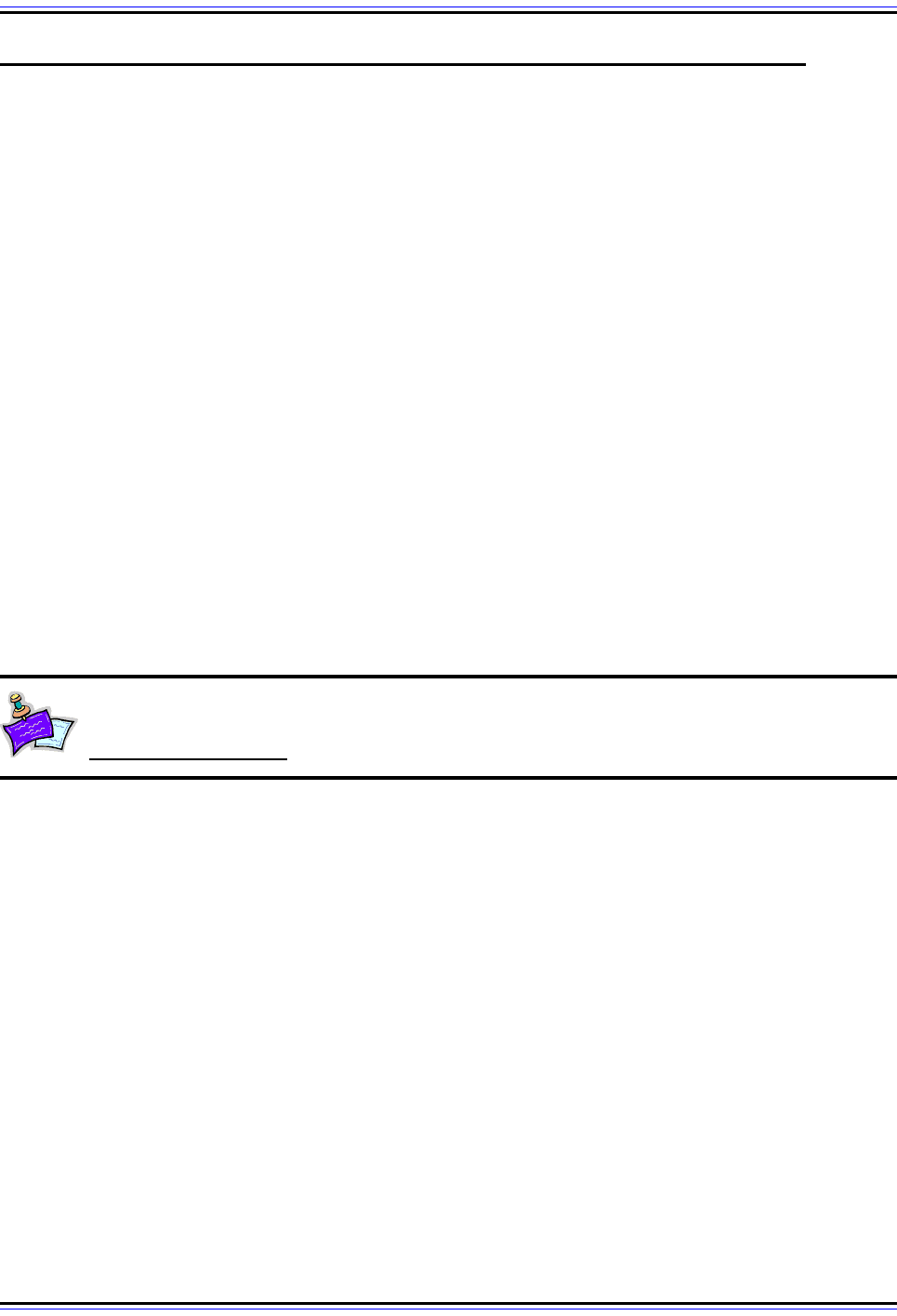
The TCP/IP Guide - Version 3.0 (Contents) ` 1119 _ © 2001-2005 Charles M. Kozierok. All Rights Reserved.
BOOTP Vendor-Specific Area and Vendor Information Extensions
The creators of the Boot Protocol realized that certain types of hardware might require
additional information to be passed from the server to the client in order for the client to boot
up. For this reason, they put into the BOOTP field format the 64-byte Vend field, also called
the Vendor-Specific Area. Including this field makes BOOTP flexible, since it allows vendors
to decide for themselves how they want to use the protocol, and to tailor it to their needs.
Traditional Use of the Vendor-Specific Area
A client can use the Vend field by asking for certain types of information in the field when
composing its request. The server can then respond to these requests, and may also
include parameters it wants the client to have even if they were not requested. The original
BOOTP protocol does not define any structure for the Vendor-Specific Area, leaving this up
to each manufacturer to decide.
Obviously, there is nothing preventing a client made by one manufacturer from trying to
send a request to a server made by another one. If each one is expecting the Vend field to
contain something different, the results will be less than satisfactory. Thus, for the Vend field
to be used properly, both devices must be speaking the same “language” when it comes to
the meaning of this field. This is done by setting the first four bytes of the field to a special
value. Each manufacturer chooses its own “magic number” for this four-byte subfield, which
is also sometimes called a “magic cookie”.
Note: Why is it called a magic “cookie”? I’m not sure, to be honest. I have heard
tale that its origin may be the cookie that Alice ate to grow or shrink in the story
Alice in Wonderland. Who knows. ☺
BOOTP Vendor Information Extensions
Including the Vend field in BOOTP gives the protocol extensibility for vendor-specific infor-
mation. Unfortunately, the original field format didn't include any way of extending the
information sent from a server to a client for generic, non-vendor-specific TCP/IP
information.
This was a significant oversight in the creation of the protocol, because there are many
types of information that a TCP/IP host needs when it starts up that really have nothing to
do with its vendor. For example, when a host boots, we probably want it to be told the
address of a default router; the subnet mask for its local subnet; the address of a local DNS
server; the MTU of the local network; and much more. None of these things are vendor-
specific, but there is no place to put them in the BOOTP reply message.
Since there was no “non-vendor-specific area” field in BOOTP, the decision was made to
define a way of using the Vendor-Specific Area for communicating this additional generic
information. This was first standardized in RFC 1048, and then refined in later RFCs as I
explained in the BOOTP overview. This scheme basically represents one particular way of
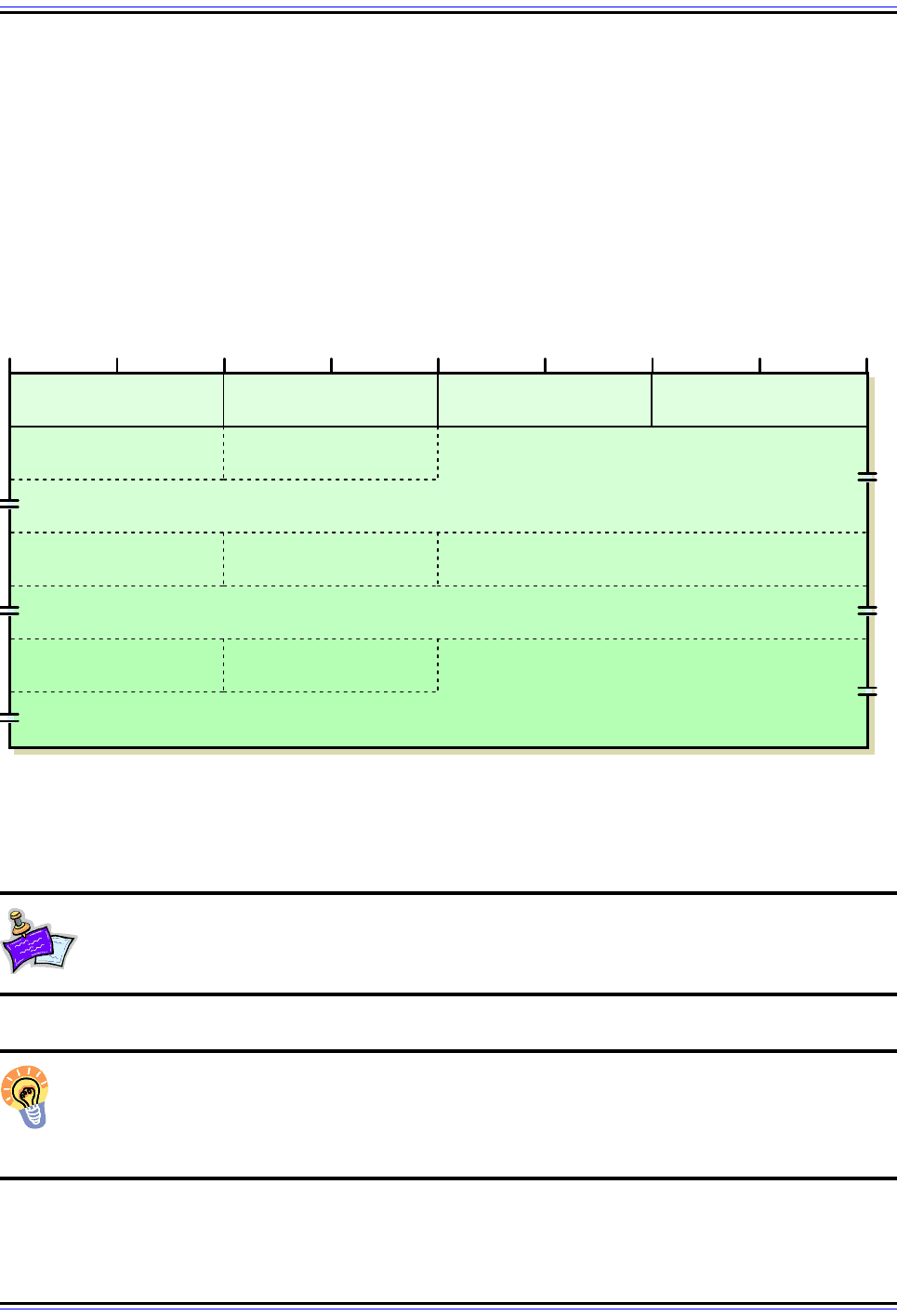
The TCP/IP Guide - Version 3.0 (Contents) ` 1120 _ © 2001-2005 Charles M. Kozierok. All Rights Reserved.
using the Vend field that most TCP/IP BOOTP implementations have chosen to adopt,
regardless of their vendor. This enhancement is formally referred to as BOOTP vendor
information extensions.
To clearly mark that this particular meaning of the Vend field is being used, a special,
universal “magic cookie” value of “99.130.83.99” is inserted into the first four bytes of the
field. Then, the remaining 60 bytes can contain a sequence of one or more vendor infor-
mation fields. The overall structure of the Vendor-Specific Area when vendor information
extensions are used is shown in Figure 257.
Note: Despite the use of dotted decimal notation to represent the value
“99.130.83.99”, this is not an IP address. It's just a marker, a “magic number” that
is universally recognized.
Key Concept: The BOOTP message format includes a Vend field that was originally
intended for vendor-specific customized fields. It was later changed to a place where
additional generic information could be sent from a BOOTP server to a BOOTP
client. Each such parameter is carried in a BOOTP vendor information field.
Figure 257: BOOTP Vendor-Specific Area Format Showing Vendor Information Fields
The BOOTP Vendor-Specific Area begins with the four-byte “magic cookie” and then contains a number of
variable-length vendor information fields, each of which has the format shown above and in Table 188.
"Magic Cookie"
Byte #1 (99)
"Magic Cookie"
Byte #2 (130)
"Magic Cookie"
Byte #3 (83)
"Magic Cookie"
Byte #4 (99)
Vendor Information
Field Code #1
Vendor Information
Field Length #1
Vendor Information Field Data #1
Vendor Information
Field Code #2
Vendor Information
Field Length #2
Vendor Information Field Data #2
Vendor Information
Field Code #N
Vendor Information
Field Length #N
Vendor Information Field Data #N
4 8 12 16 20 24 28 320
...
